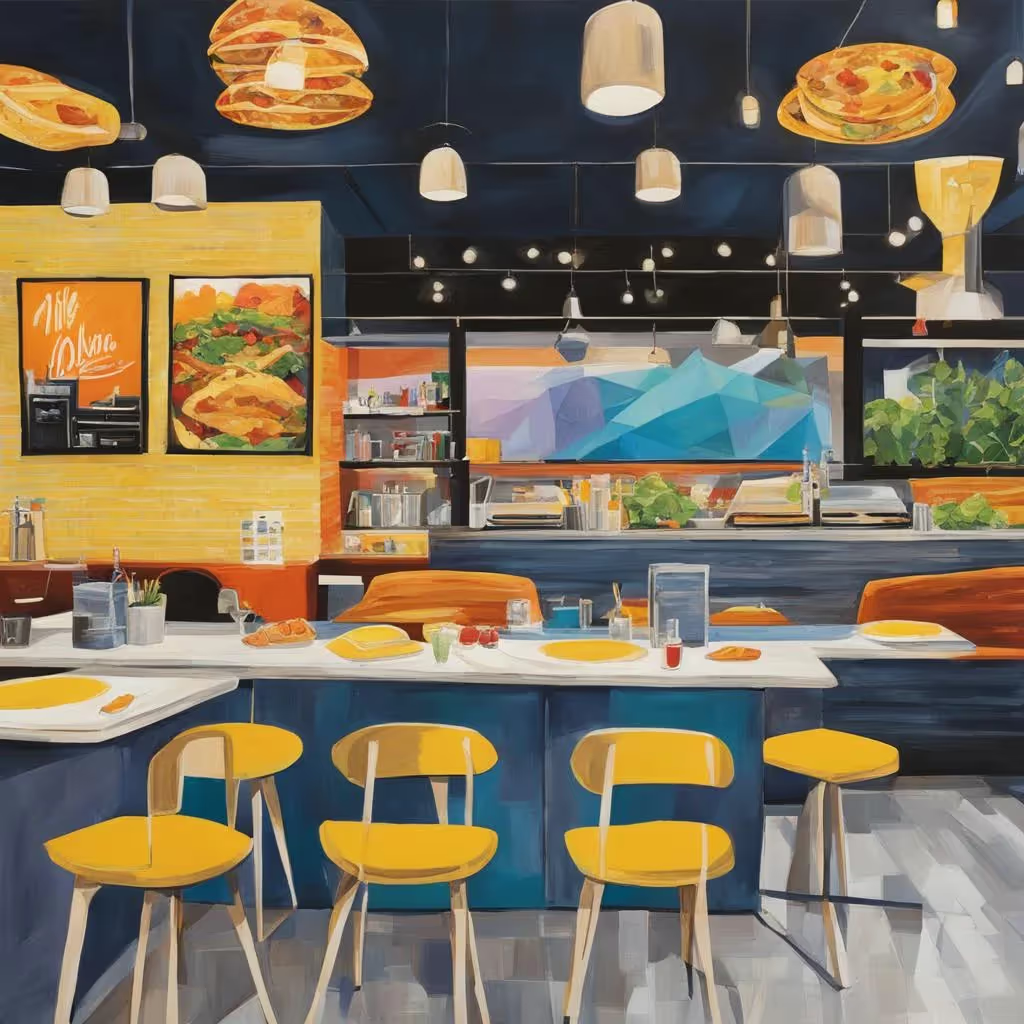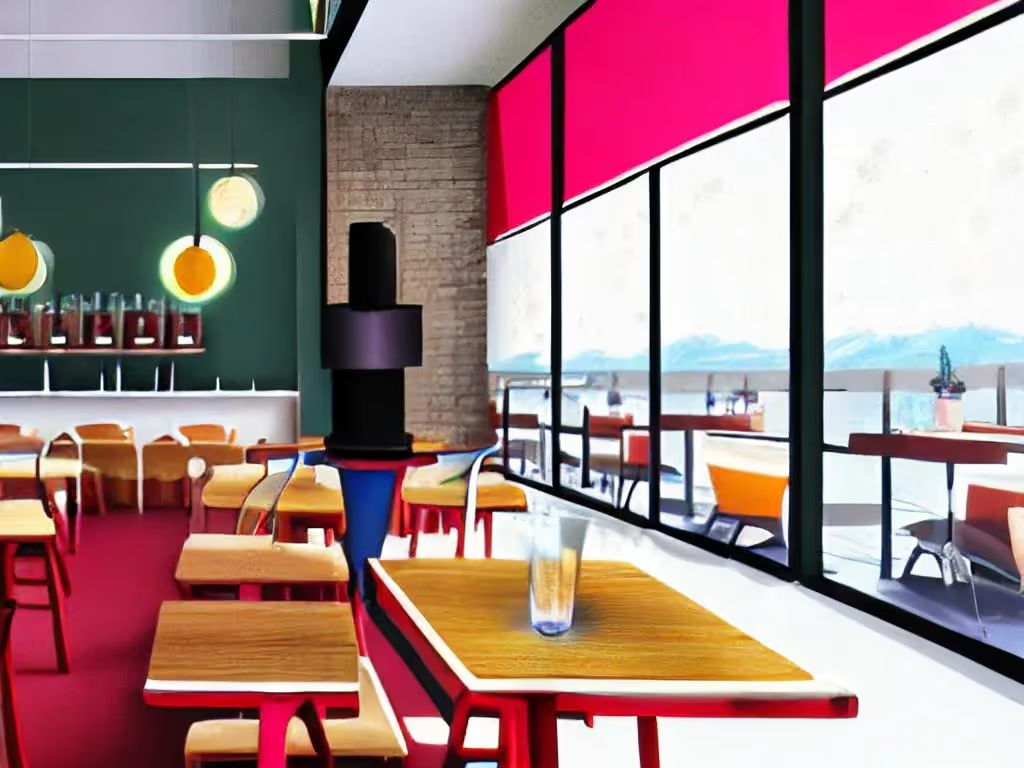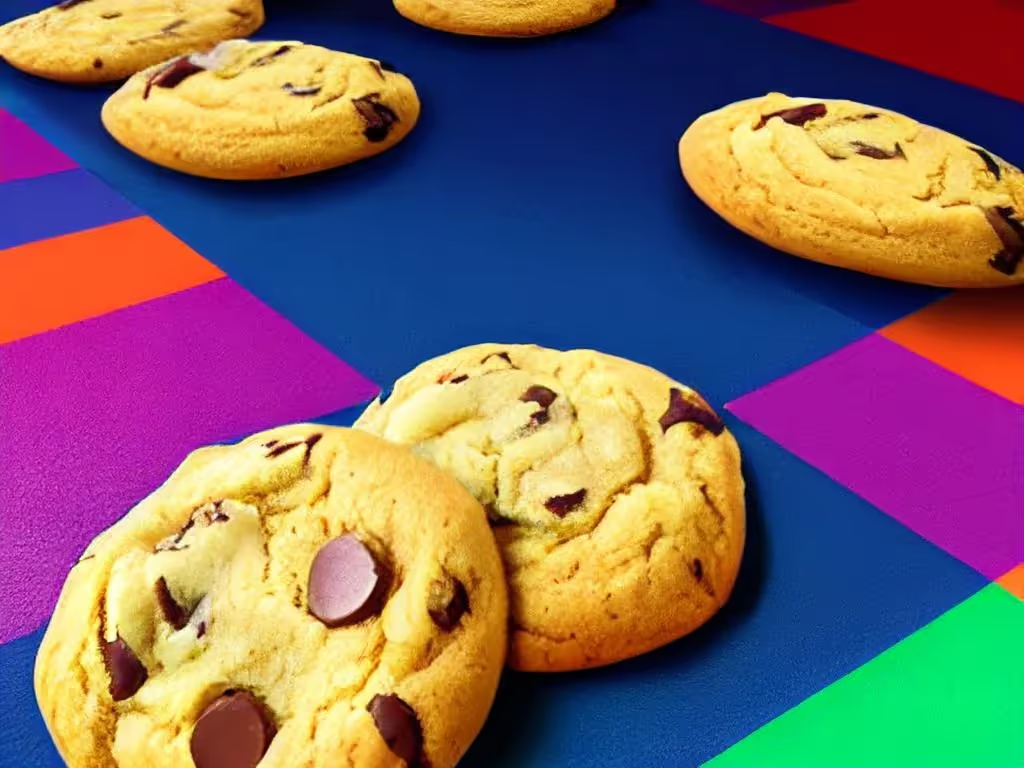TLDR
A restaurant website has moved far beyond being a place to list your address and phone number. Today, it is the main touchpoint where customers check your menu, explore ordering options, and decide if they want to return. In fact, restaurants with clear online ordering systems saw up to 20 percent higher ticket averages compared to those that relied only on in-person visits.
This means your website is not only about visibility, it is about conversion. Every click should make it easier for a customer to order, sign up for rewards, or download your app. The goal is to reduce friction and create a direct channel that saves you money compared to third-party platforms while building stronger relationships with guests.
In the sections below, we’ll break down the specific strategies that separate websites that just sit online from those that drive loyalty and repeat sales.
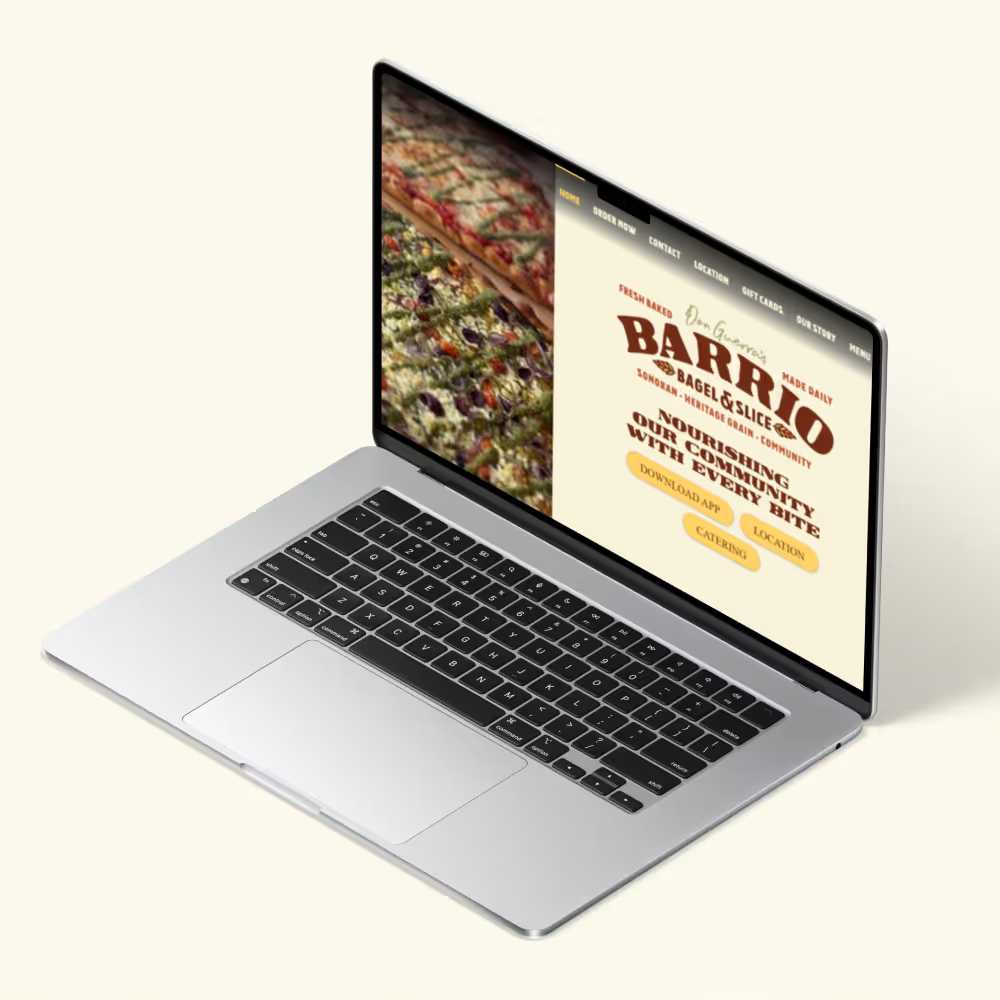
Presenting Menus Effectively on Your Restaurant Website
Why menu layout matters
When a customer lands on your site, the first thing they look for is the menu. If they have to scroll endlessly, look for links, or download a PDF, chances are you will lose them. A menu should always be accessible from the top of the page with straightforward navigation.
Placing your menu link prominently at the top of your homepage ensures no one has to search for it. The moment a visitor arrives, they should see “Menu” as one of the main navigation items, ideally next to “Order Now.” This simple design choice immediately reduces friction and makes the next step obvious.
Best practices for online menus
- Keep descriptions short but informative so guests know exactly what they’re ordering.
- Display prices clearly to build trust and set the right expectations. Hidden or hard-to-find prices often push visitors away.
- Use high-quality photos sparingly. A few professional images can highlight signature items, but cluttering every dish with a picture makes pages load slowly and distracts from ordering.
A well-organized menu builds confidence and makes customers more likely to take the next step toward placing an order.
Make Your Website Mobile Friendly and Responsive
Why mobile first is non-negotiable
Most customers visit restaurant sites on their phones. Guests check menus while commuting, place orders during lunch breaks, and compare options on the go. If your website is not built to adapt to smaller screens, you are cutting yourself off from the majority of potential orders.
What a responsive website really means
Responsive design means your website automatically adjusts to any screen size without breaking layouts or hiding content. Text should stay readable, images should resize properly, and ordering buttons should remain visible no matter the device. Without this adaptability, customers may find themselves zooming in, scrolling endlessly, or missing key information altogether.
Practical steps to create a seamless mobile experience
- Optimize navigation: The most important links — Menu, Order Online, and Contact — should always be at the top and easy to tap. Avoid tiny text or links that require precision clicks.
- Improve speed: Every extra second of load time increases the chance a visitor leaves. Compress images, simplify animations, and work with a modern website platform that prioritizes speed.
- Streamline the order flow: Mobile visitors are not there to admire fancy graphics. They want to browse, select, and order quickly. The fewer clicks required, the better.
Integrating Online Ordering and Reducing Third-Party Commissions
Why direct online ordering matters
Third-party delivery platforms like DoorDash and Uber Eats have become common for many restaurants. While they bring exposure, they also take large commissions that cut deep into your profits. Depending on the platform and market, these fees can range anywhere from 15 to 30 percent per order. For an independent restaurant operating on thin margins, those numbers add up quickly.
Having your own online ordering system built directly into your website solves this problem. It gives you full control over the ordering flow, keeps customer data in your hands, and saves money that would otherwise go to middlemen. More importantly, it strengthens your relationship with the guest by keeping them connected to your brand instead of another app.
How Per Diem supports restaurants
At Per Diem, we’ve taken the best practices of large chains and integrated them into our free web ordering solution. This includes features that make the process seamless for customers, while also ensuring restaurants benefit from direct orders. The platform connects with third-party apps like DoorDash and Uber Eats, but it also redirects customers to your first-party ordering page when possible. This way, you can serve those who prefer using delivery apps without losing every order to commission costs.
For owners, this approach means more predictable revenue and greater independence. You are no longer at the mercy of platforms that decide fees, delivery terms, or even how your restaurant appears on their app. Instead, your website becomes the reliable hub where customers come back again and again.
Give customers the easiest way to order directly from you. Set up in minutes, ready to serve with Per Diem’s free web ordering page.
Adding Loyalty Rewards to Online Ordering
Stop treating web customers like one-timers
A lot of restaurants already have some kind of loyalty program, but it often stops at the register or lives only inside the app. The thinking goes, “People who order on the web are just window shoppers; they will probably order once and disappear.” But here’s the problem with that. When you leave loyalty out of web ordering, you’re giving those customers no reason to come back to you the second time.
Think about it from their side. They are already on your website because they were interested enough to check you out. That’s not a random visitor, that’s someone who could easily become a regular. If they can earn the same points online that they would in person, it instantly changes how they see the experience. Instead of being a one-off order, it becomes the start of a pattern.
Why bringing loyalty online works
There’s plenty of proof that it works. Nearly 6 out of 10 diners said they were more likely to return if loyalty points were tied to online ordering. Customers want to feel recognized, no matter how they order. When they see the same perks on your website that they get in-store or through the app, it builds trust and consistency.
How Per Diem makes it easy
This is exactly why Per Diem’s web ordering integrates directly with Square Loyalty. Every online order automatically earns points without extra work or manual entry as long as you allow it. That consistency turns website visitors into loyal repeat customers, instead of one-timers who never return. For your business, it means fewer lost opportunities and more steady, predictable growth.
Highlighting Your Mobile App Across the Website
Why promoting your app is the final piece
Websites are great for attracting new visitors and converting them into customers. But if you want those same visitors to become repeat buyers, your mobile app is the ultimate tool. An app keeps your restaurant right on their home screen and offers features like push notifications, subscription options, and advanced loyalty rewards that a website alone cannot match.
Where and how to promote the app
Your website should showcase your app clearly and consistently. Place “Download Our App” buttons in the navigation bar, highlight them with bold CTAs on the homepage, and make sure links to the App Store and Google Play are easy to find. Avoid hiding app promotion at the bottom of the page, where few people will see it.
The message should be simple: your website is where customers can explore and order, but your app is where they can stay connected long term. When a guest downloads your app, they give you a permanent space on their phone, and that makes it much easier to turn occasional orders into a steady stream of repeat business.
Why apps drive loyalty
Mobile apps are powerful because they combine convenience and personalization. Guests can reorder favorites with a single tap, receive timely offers through push notifications, and participate in loyalty programs without carrying a card or remembering to log in. For restaurants, this translates to better retention and higher average order frequency.
Thinking about how an app could fit into your restaurant’s growth? Restaurants like Tikka Shack and Coffee Dose are already using Per Diem to keep guests coming back. Book a quick demo with Jake and see how it can work for you, too.
Final Thoughts
Building a restaurant website that converts is not about expensive design trends. It is about practical, customer-focused decisions that make the online experience seamless. Clear menus with upfront pricing, responsive mobile layouts, direct ordering that saves you commissions, integrated loyalty rewards, and strong promotion of your app all work together to create a system that attracts and retains customers.
If you’re an owner, the takeaway is clear. Your website is more than an online presence. It is the most powerful channel you own to build loyalty, cut costs, and drive sustainable growth.




.webp)
.avif)
.webp)
.webp)
.webp)
.webp)

.webp)








.svg)





.svg)
.svg)
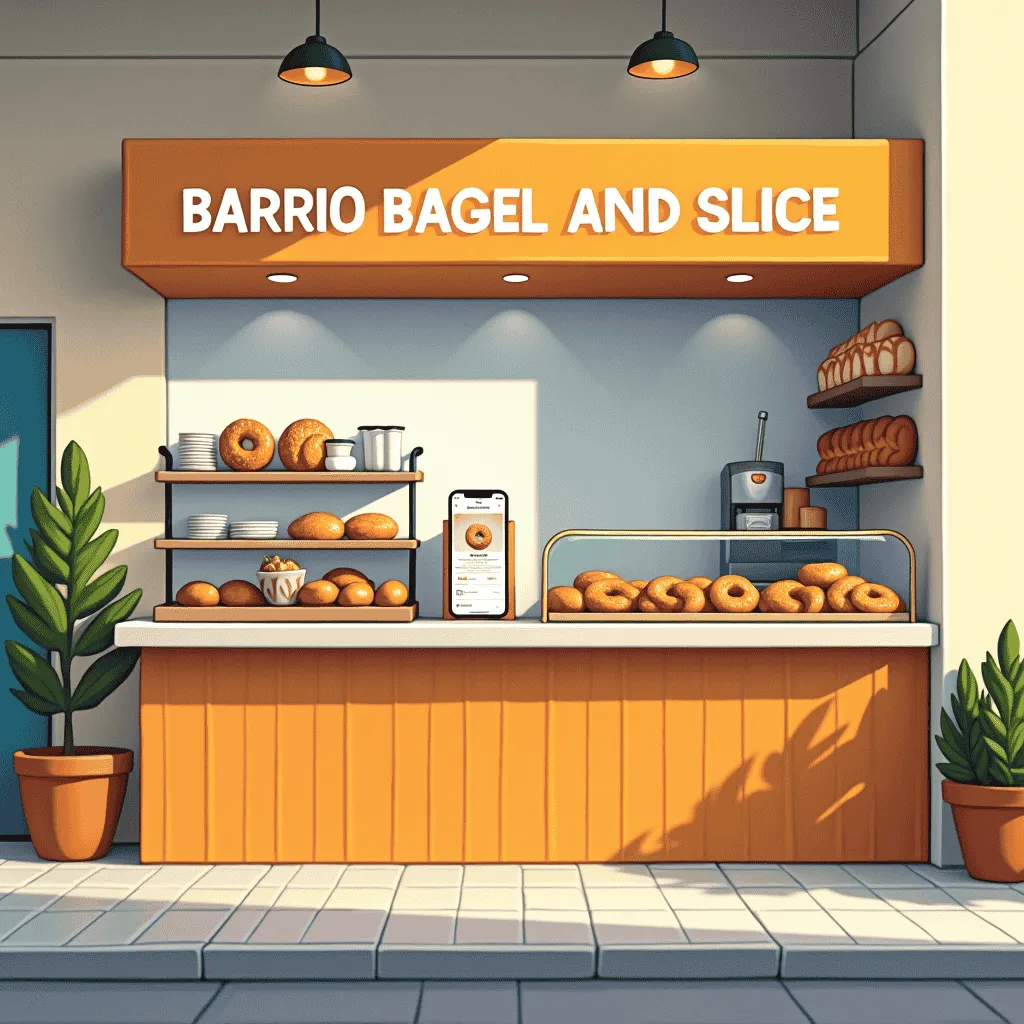

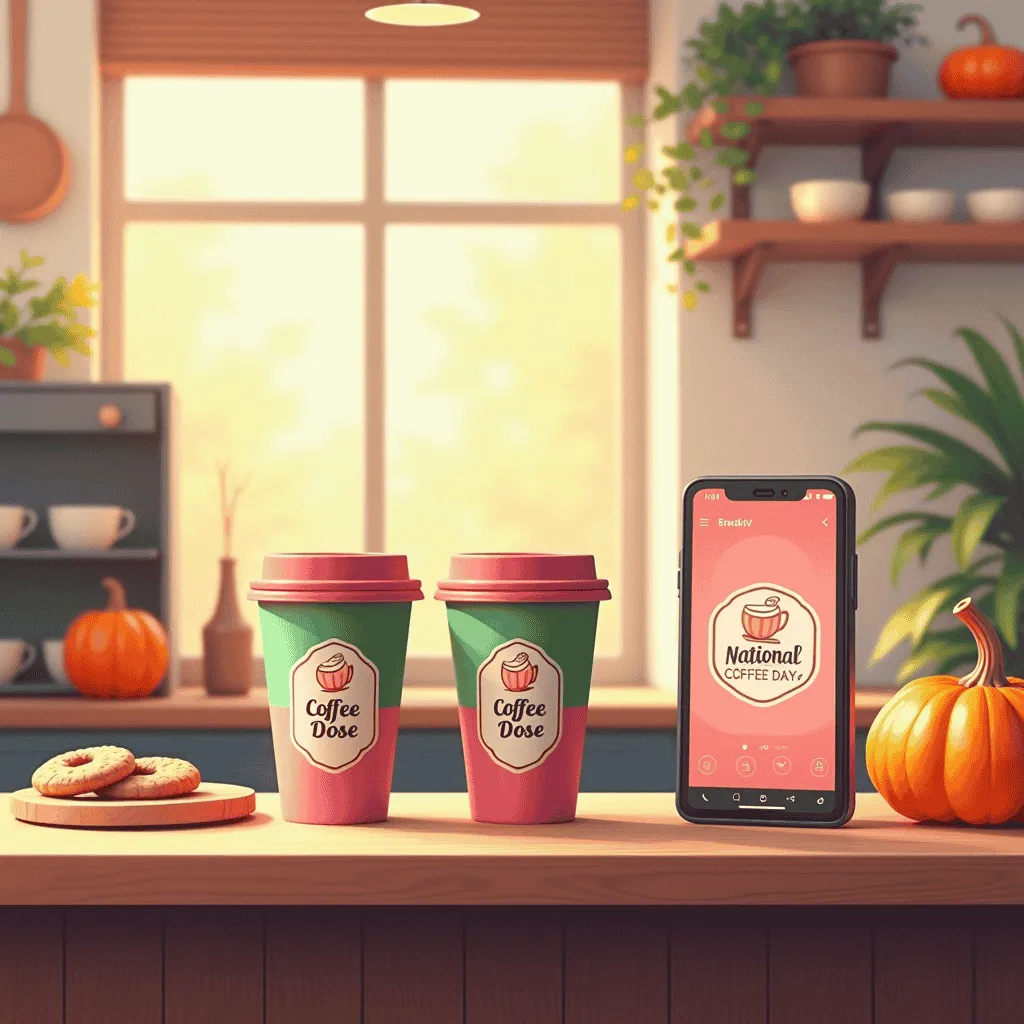
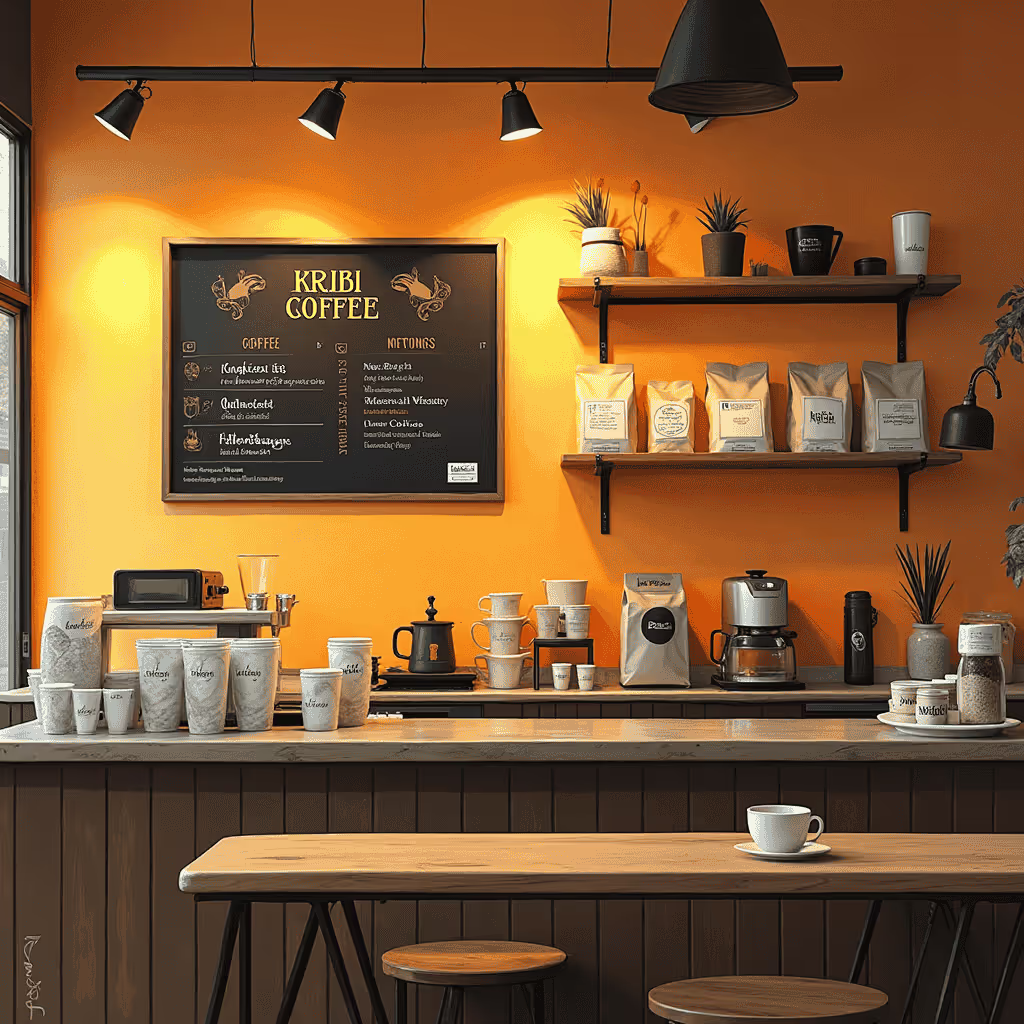
.avif)
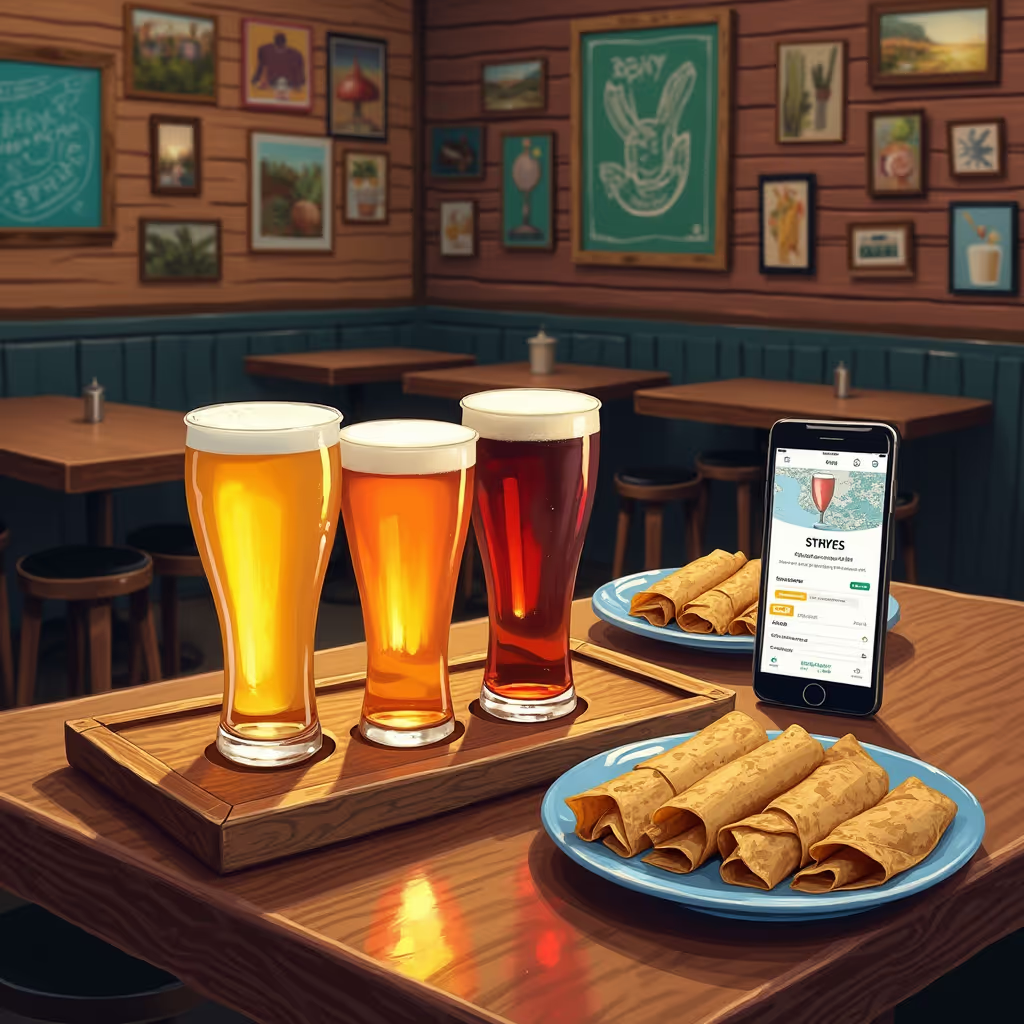
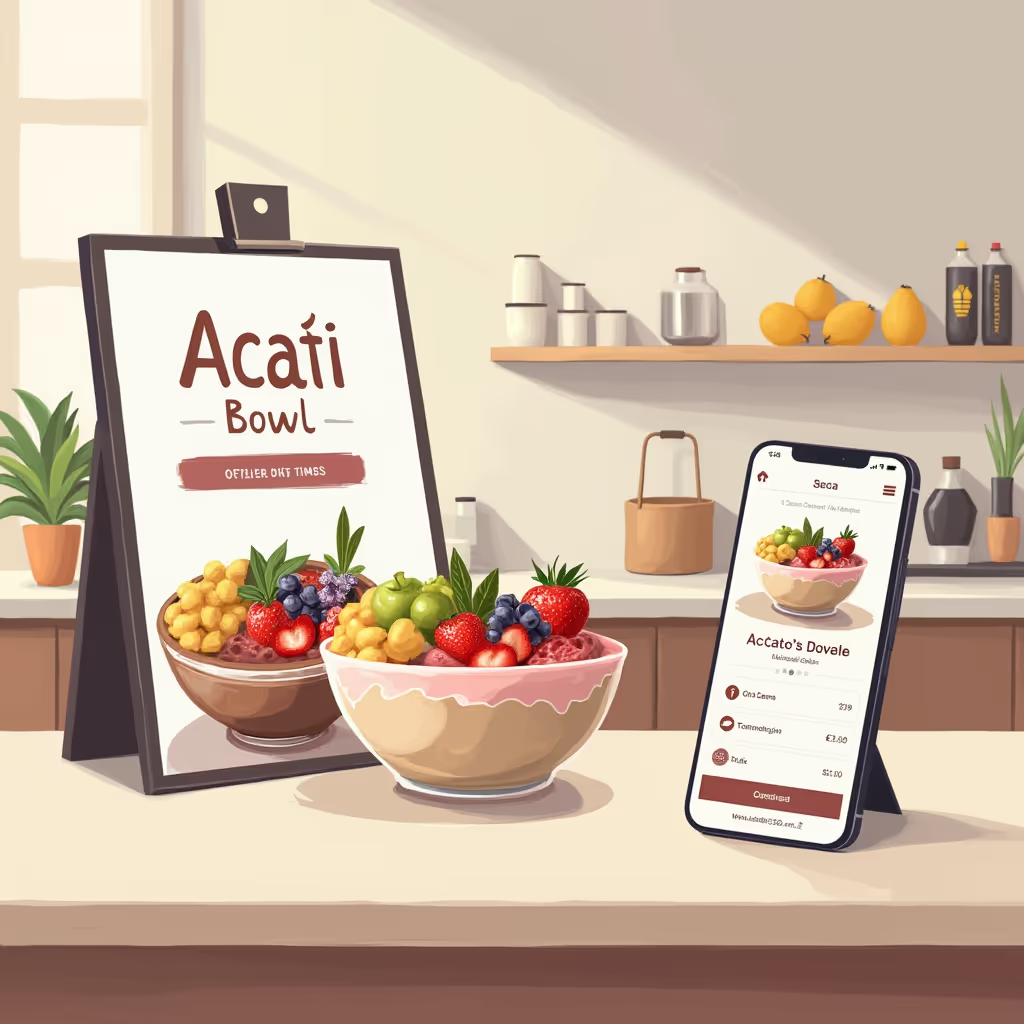
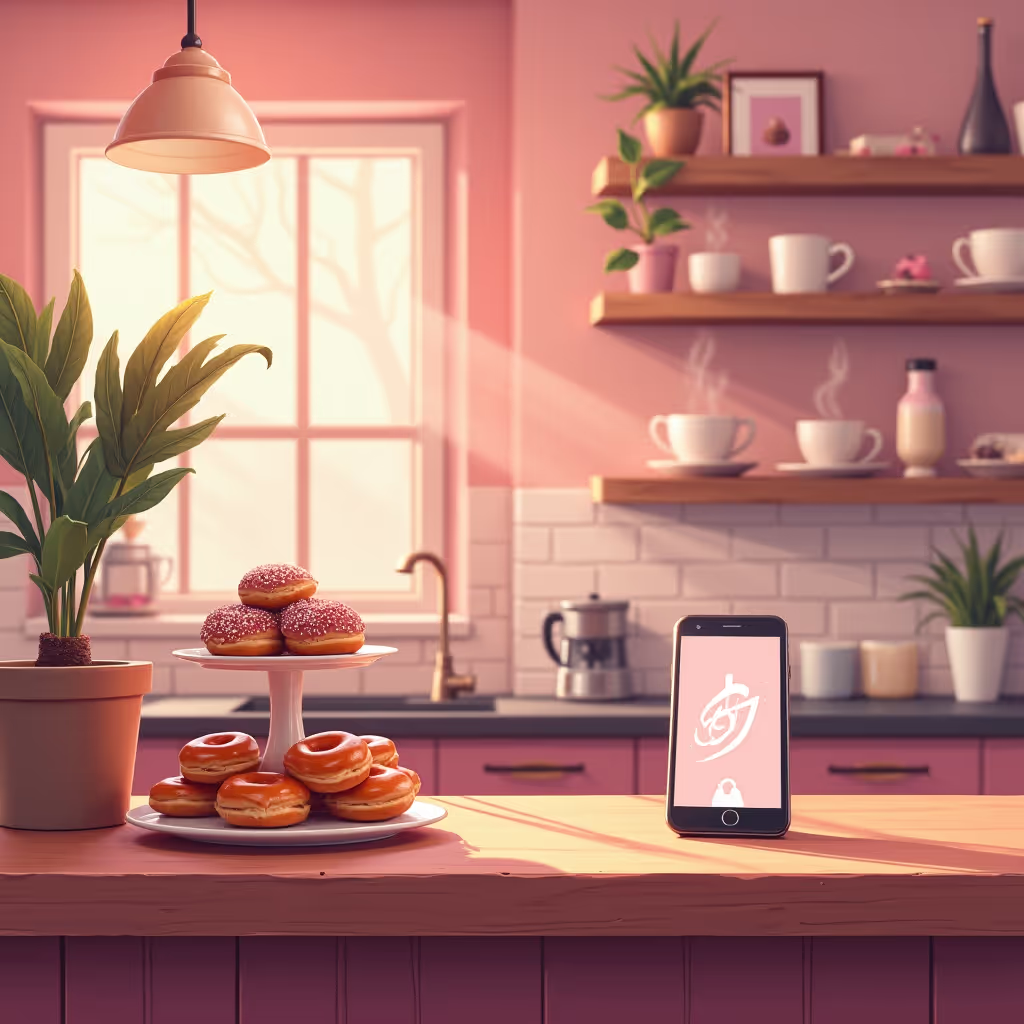
.avif)
.avif)
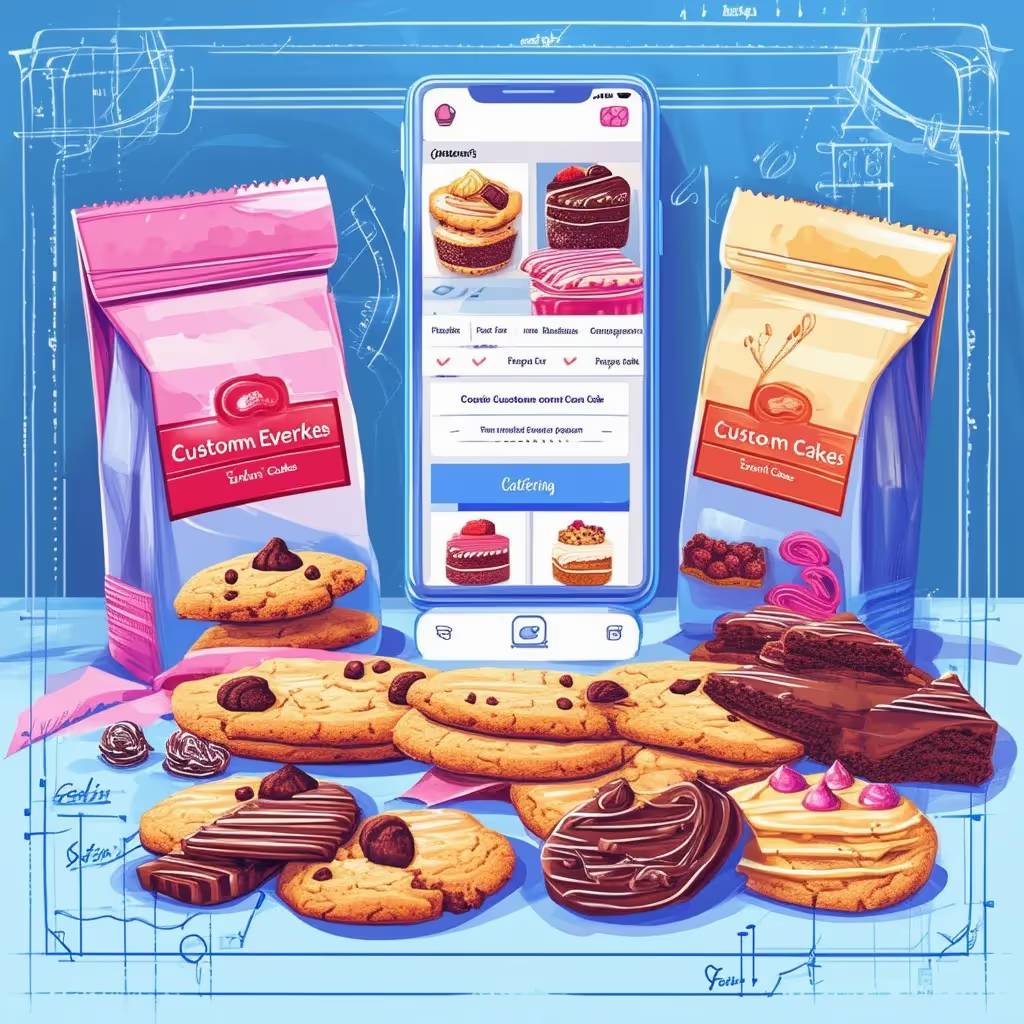
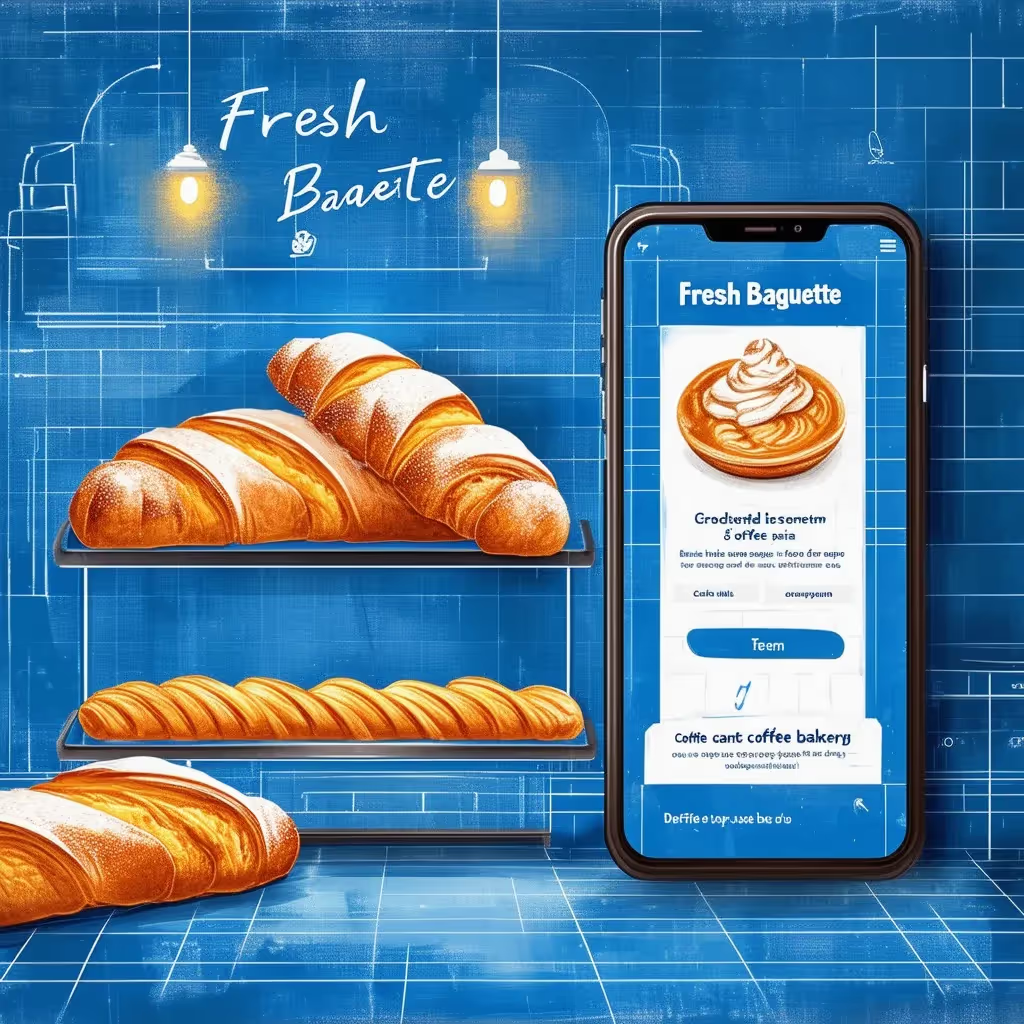
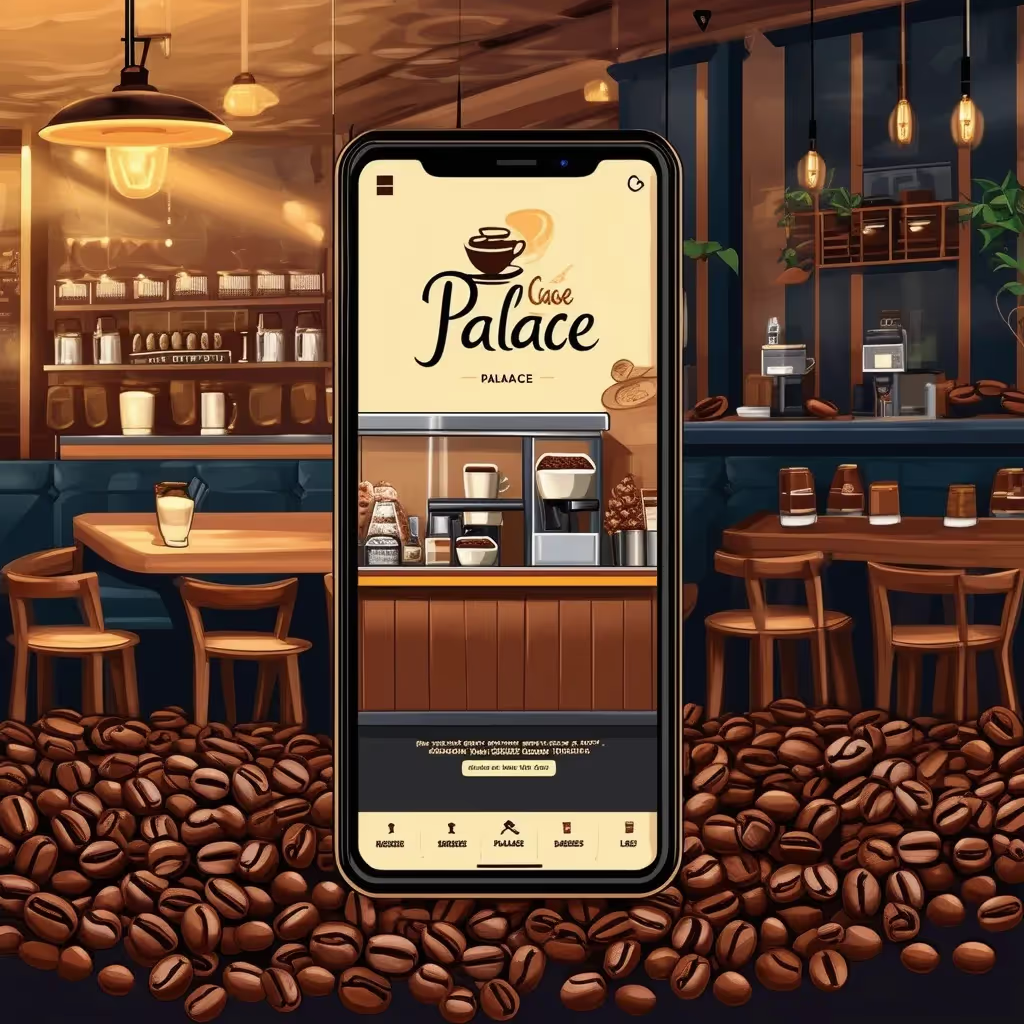
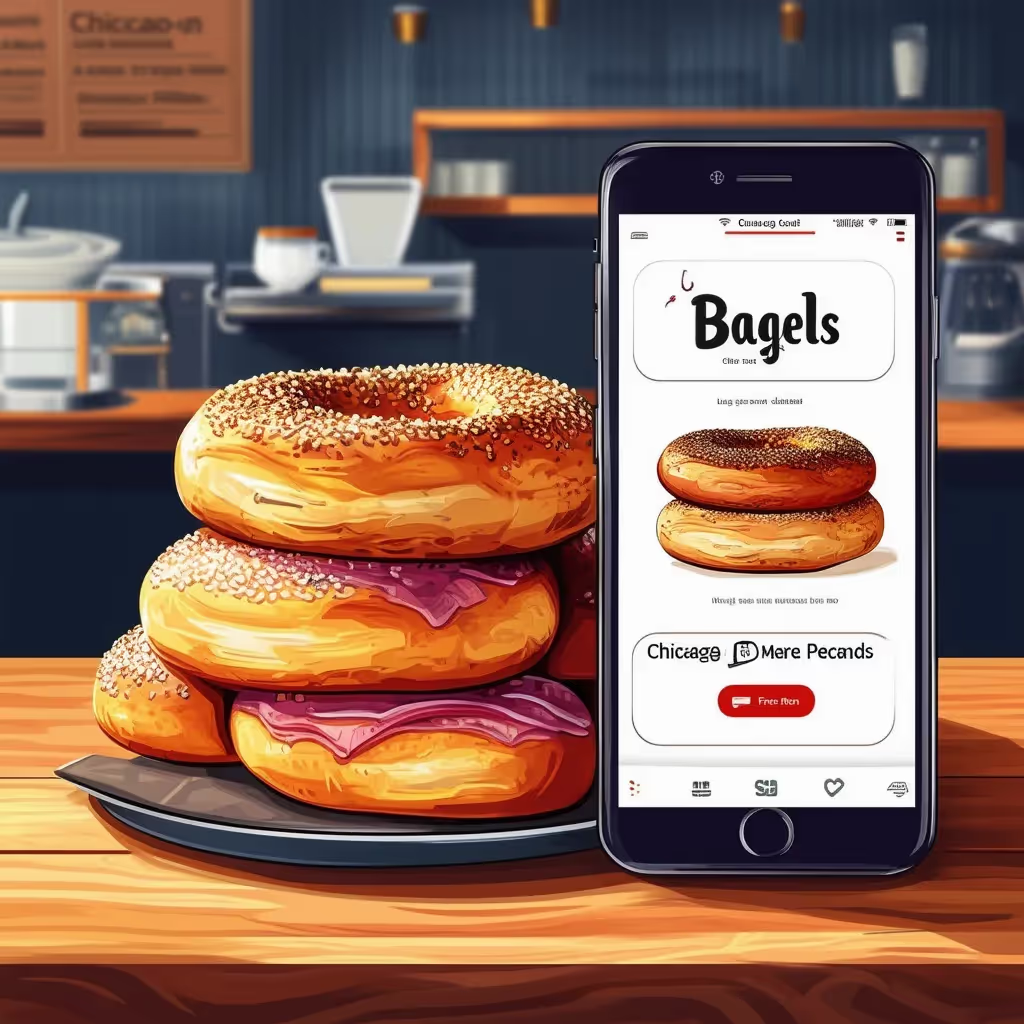
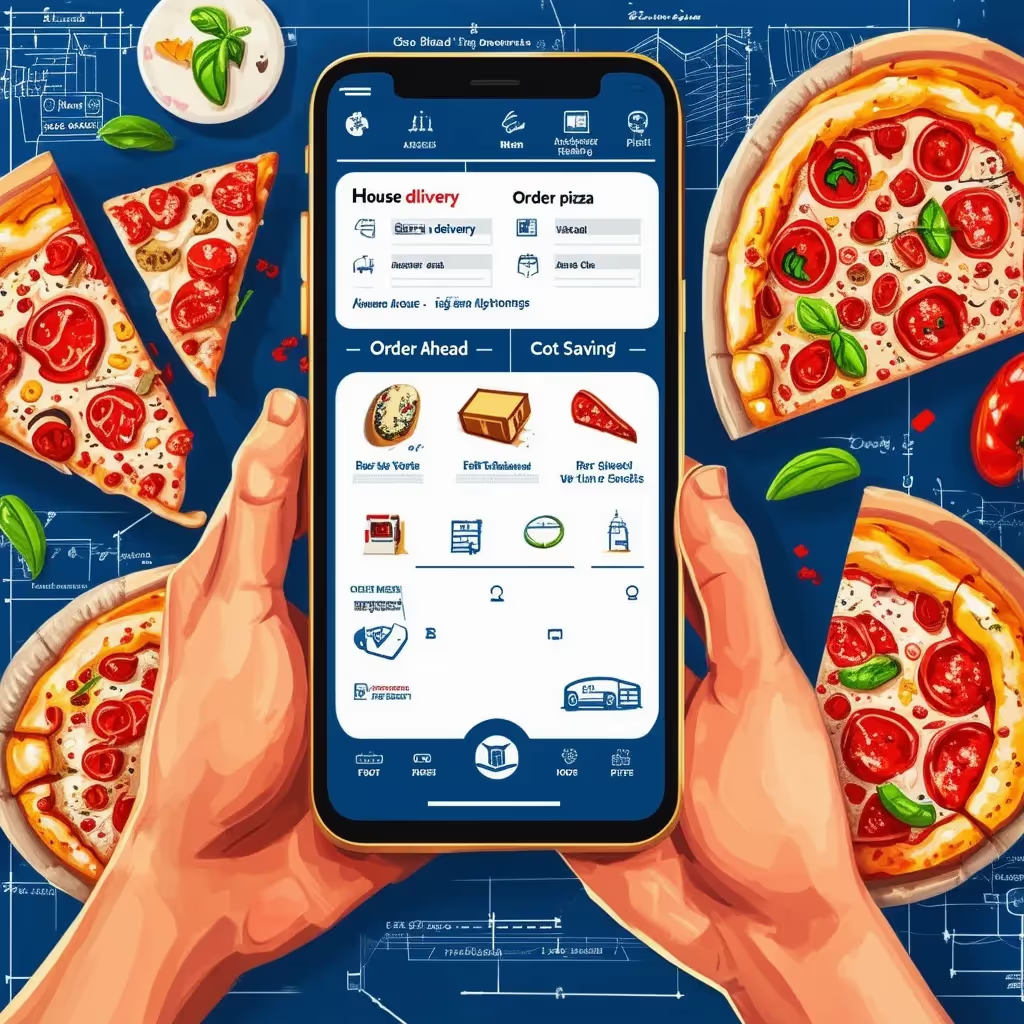

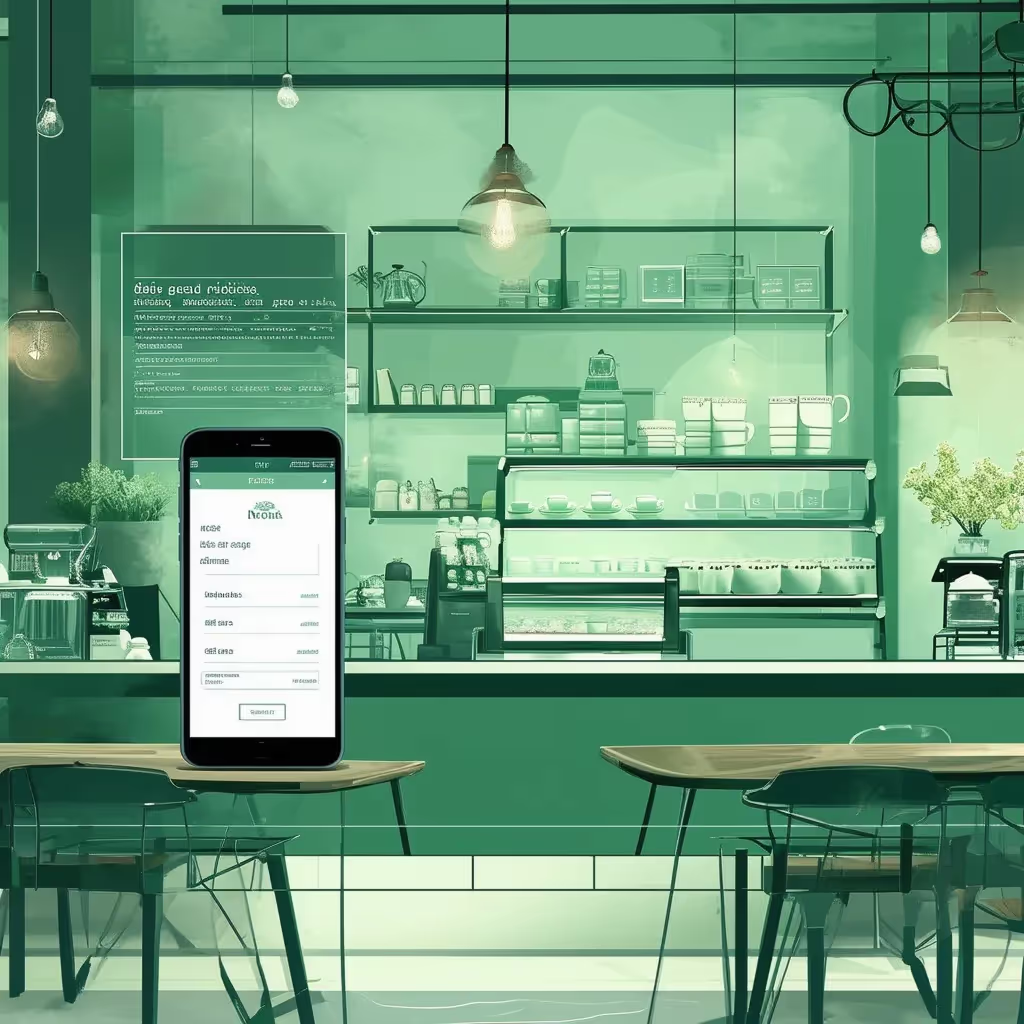

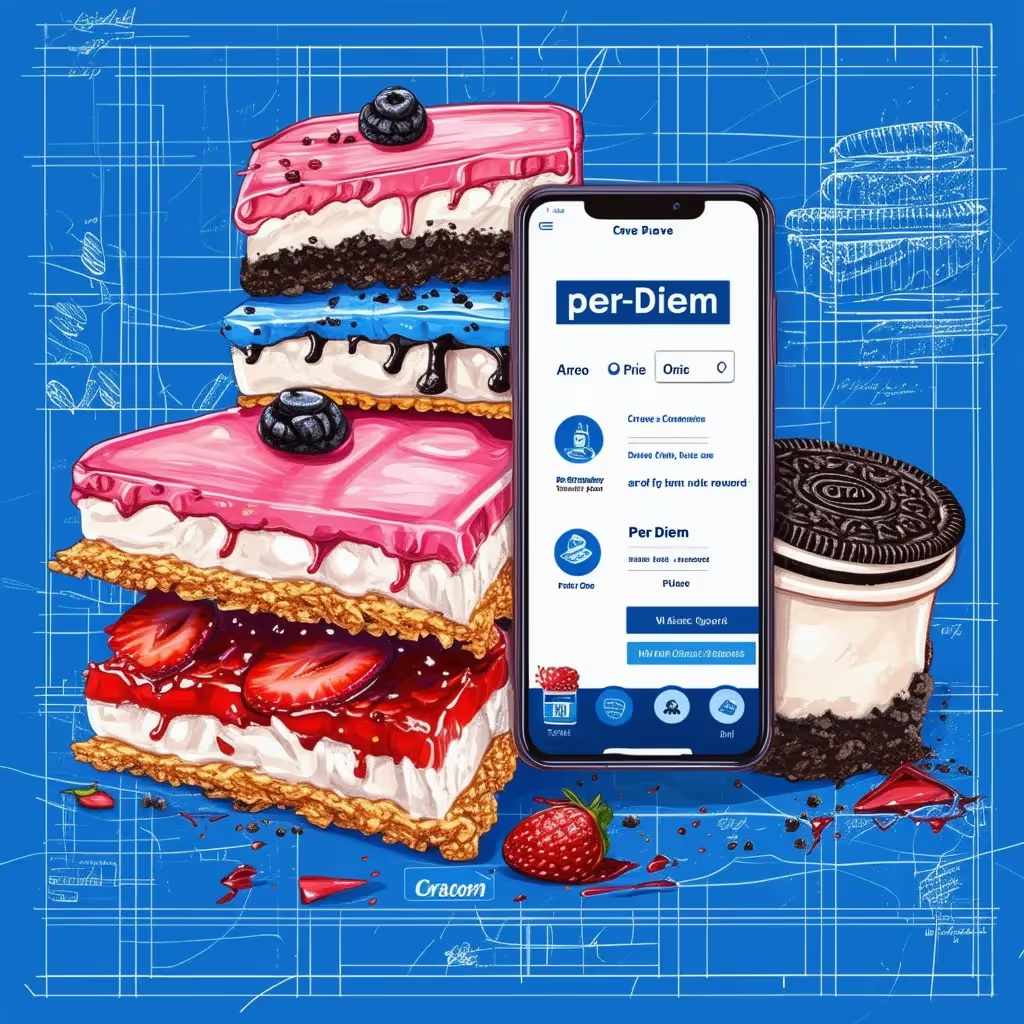
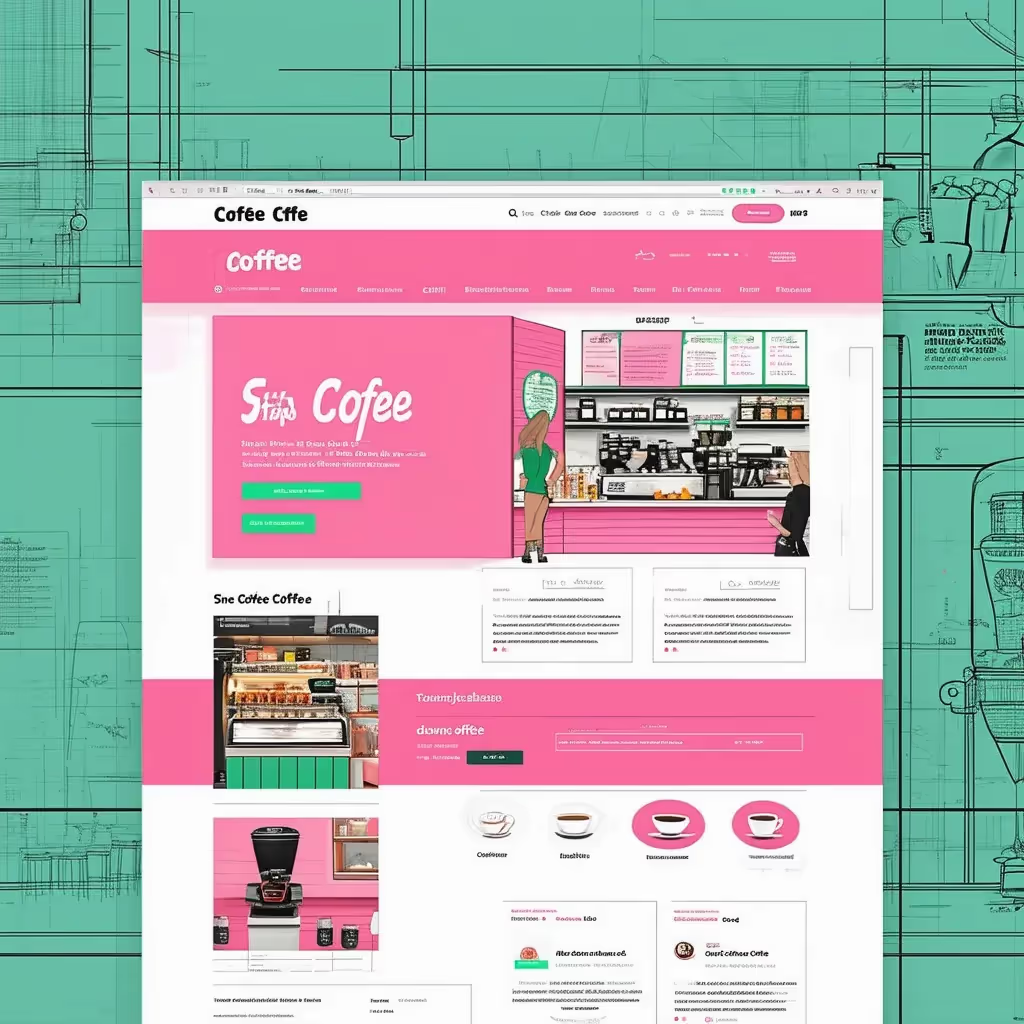
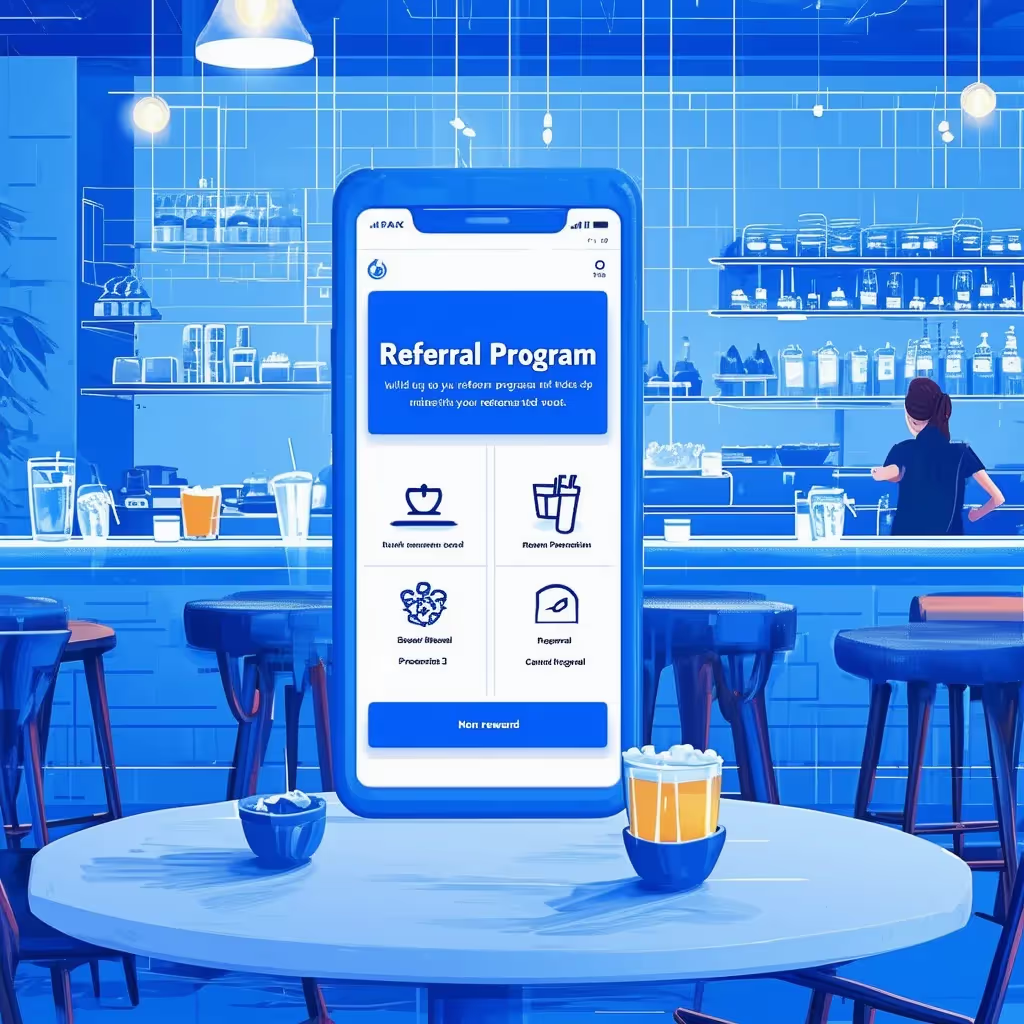


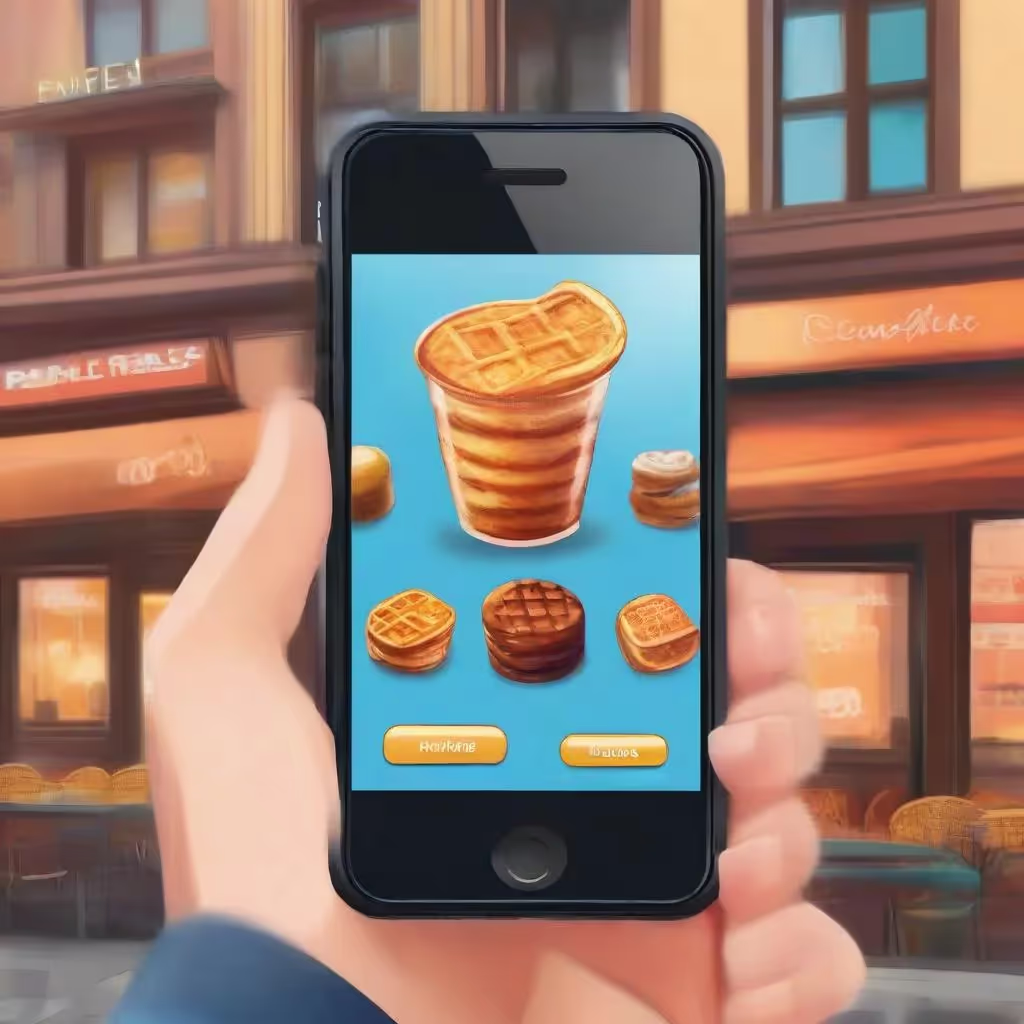
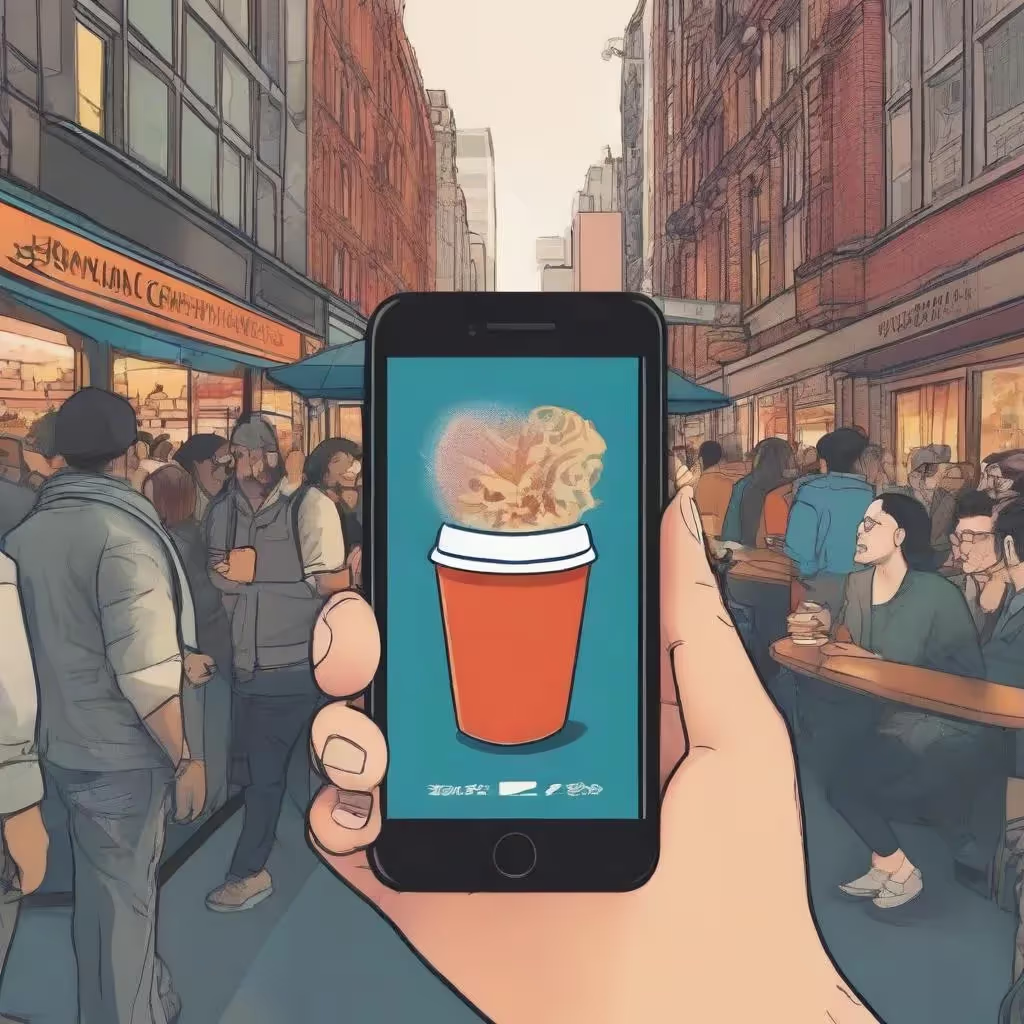
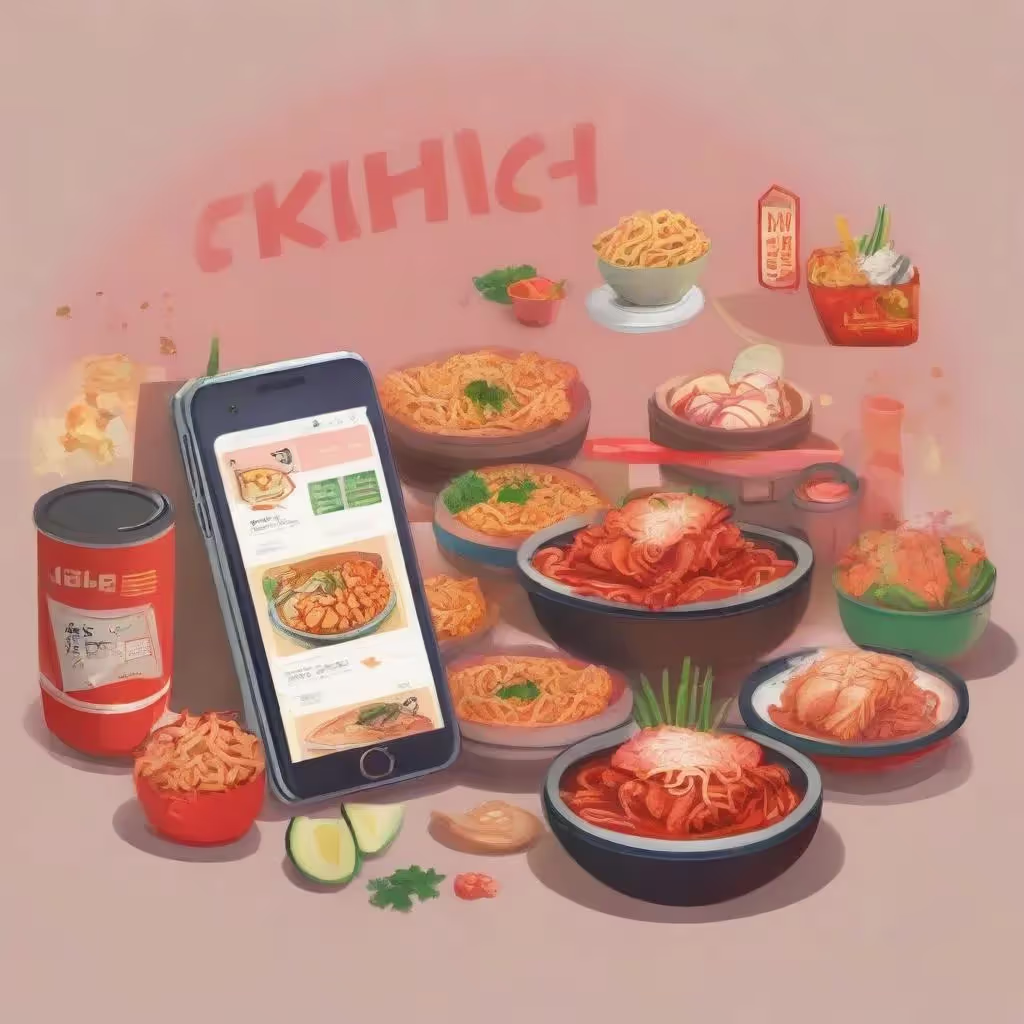
.avif)
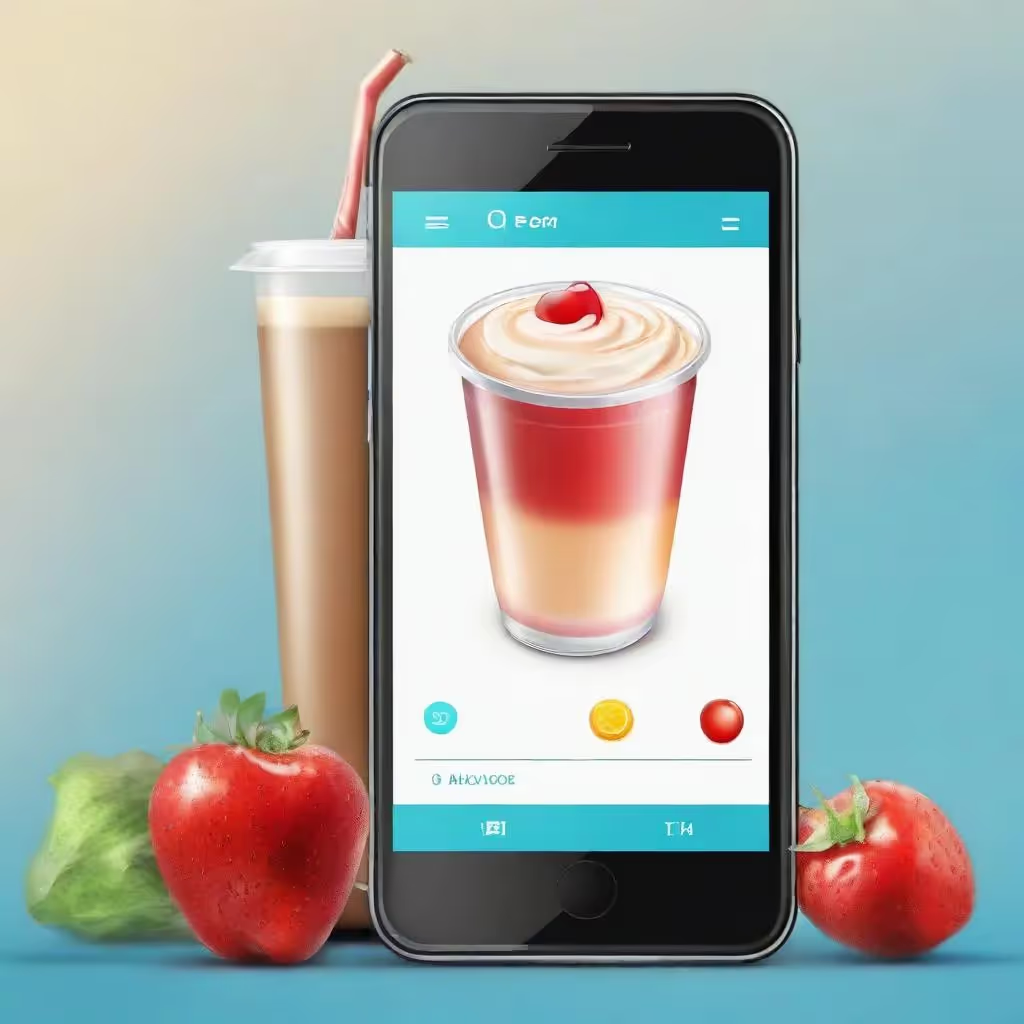



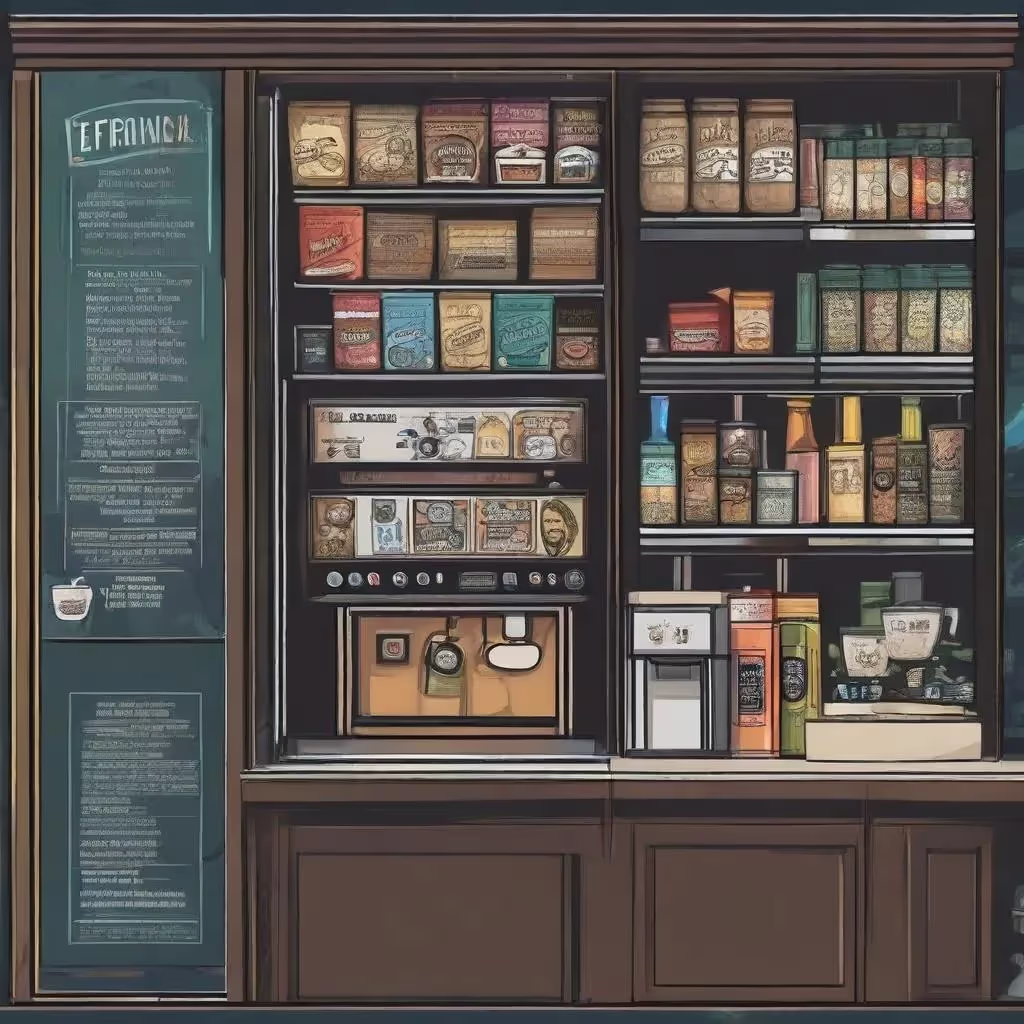
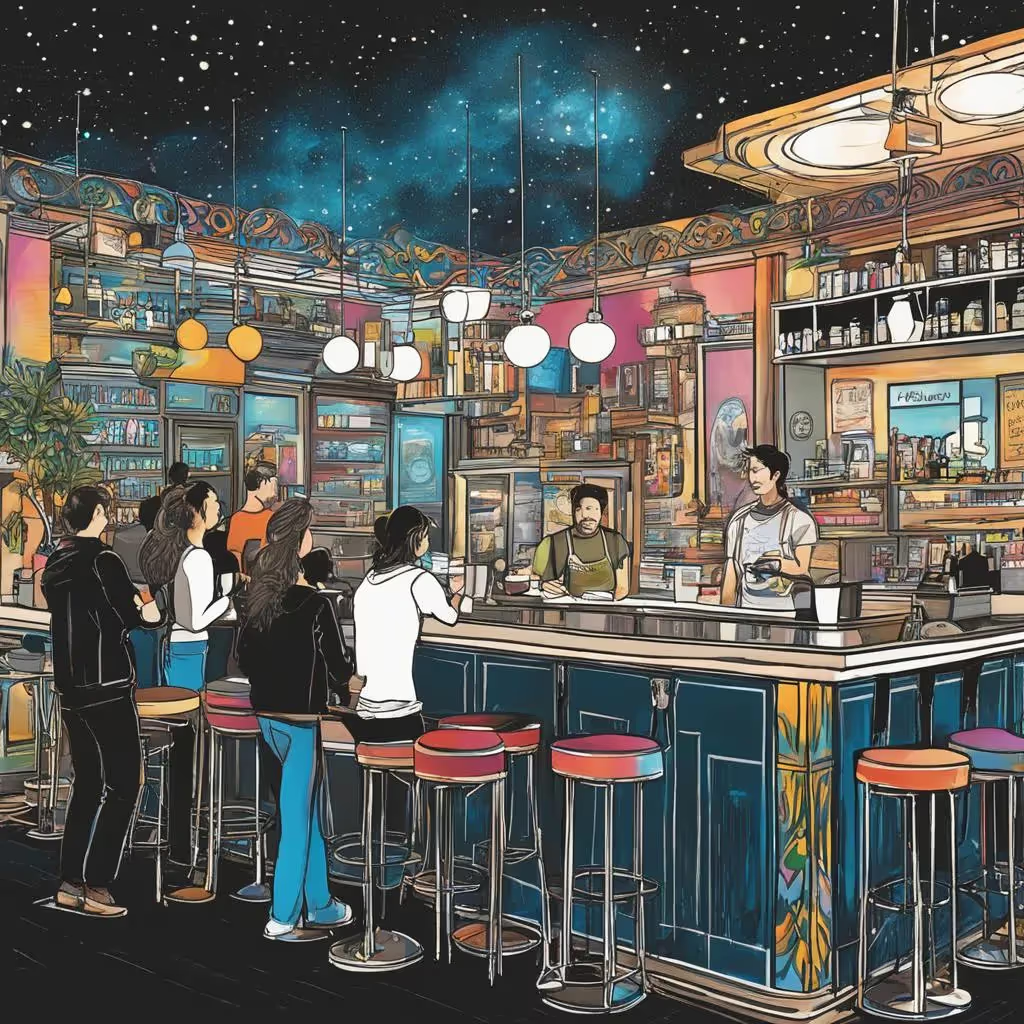


.avif)

